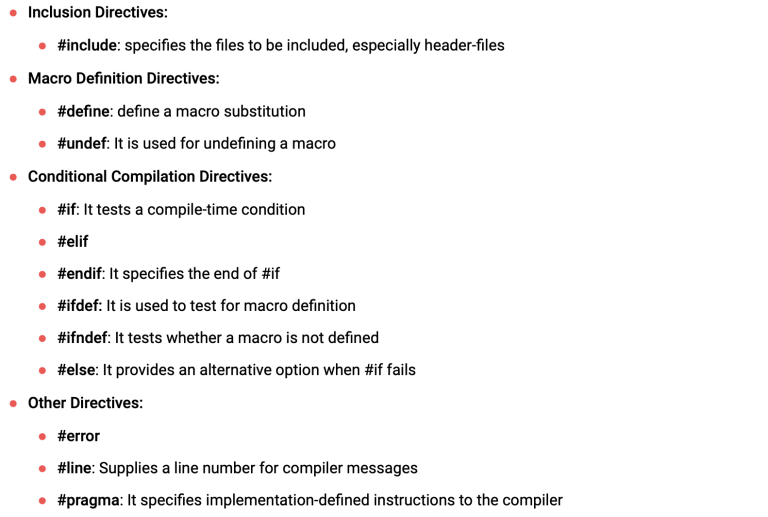Let x is in binary and its gray code is y;
Then this can be shown that y = x^(x>>1)
Before proving this we would like to show that we can also recover x from gray code y as follow;
Let us observe that (y>>1) = (x>>1)^(x>>2),
Similarly (y>>i) = (x>>i)^(x>>(i+1))
Therefore x = x ^ (x>>1) ^ (x>>1) ^ (x>>2) ^ (x>>2) ^ … ^ (x>>(n-1)) ^ (x>>n)
Where 2^n > x,
Thus x = y ^ (y>>1) ^ (y>>2) ^ (y>>(n-1))
/*
Now, let us focus how to prove y = x ^ (x>>1)
It is enough for us to prove that if y is such then hamming distance between y and y+1 is 1 (Gray code definition).
So, let us focus on the numbers from 0 to 2^n-2 (inclusive) , (we have excluded 2^n-1 because there is no further element to check I.e. 2^n-1+1 is 2^n overflow).
As we said our number x is between 0 to 2^n-2, then there exist at least one zero bit in its binary representation. Let us write that ,
*/
x = bz … b(t+2) 0 1 1 1 1 1… 1
Then let 0 is right most of all 0’s, at t_th position where 0<=t<=z
Now x+1 = bz … b(t+2) 1 0 0 0 0 0 … 0
x = bz b(z-1)… b(t+2) 0 1 1 1 1 1.. 1
x>>1 = 0 bz … b(t+3) b(t+2) 0 1 1 1 1.. 1
----------------------------------------------------
y(xor) = cz c(z-1) … c(t+2) c(t+1) 1 0 0 0.. 0 0
/* So let us covert each x and x+1 to its corresponding y and y1 .
Where cz= bz, c(z-1)= bz ^ b(z-1), and so on, at the end c(t+1) = b(t+2)
*/
Similary,
x = bz b(z-1).. b(t+2) 1 0 0 0 0 0.. 0
x>>1 = 0 bz .. b(t+3) b(t+2) 1 0 0 0 0.. 0
--------------------------------------------------------
y1(xor) = cz c(z-1) … c(t+2) c’(t+1) 1 0 0 0 0.. 0
/*
We observe that only bit at t+1_th position changes all remains the same
c’(t+1) = 1 ^ b(t+2) = negation (b(t+2))
And c(t+1) = b(t+2)
Thus hamming distance is 1.*/
———-That’s it————











